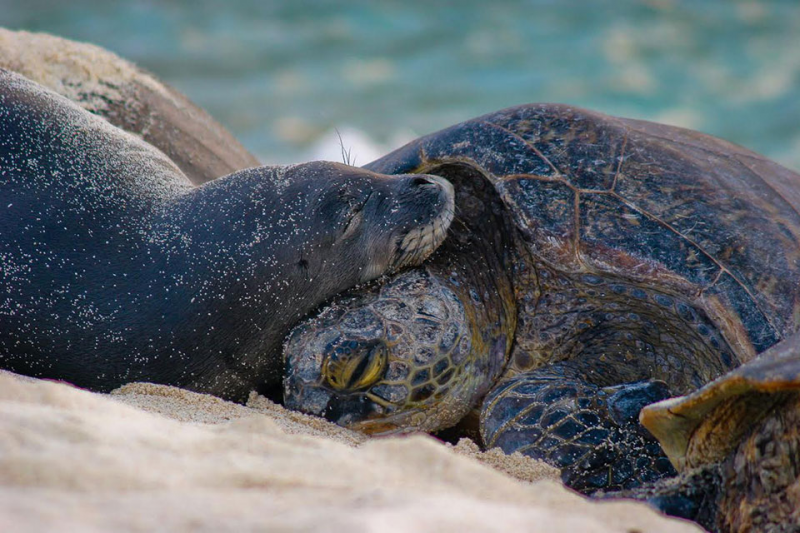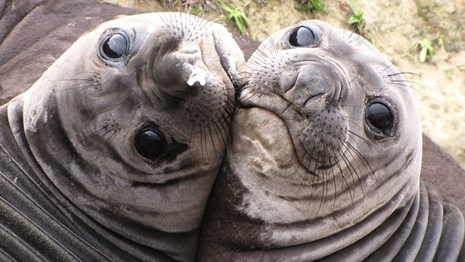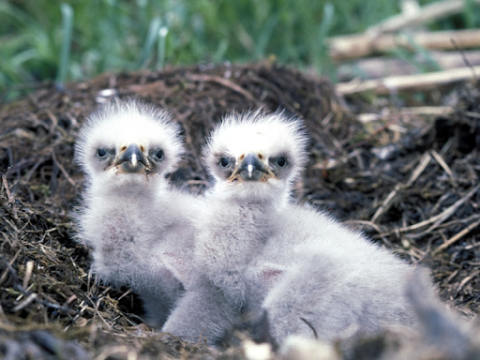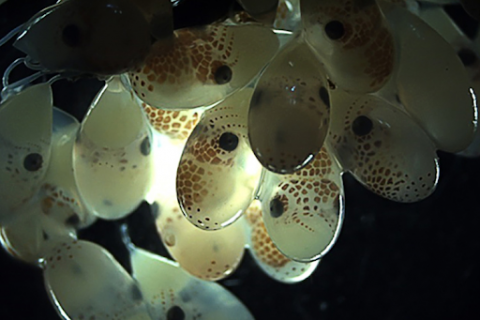It’s time to snuggle up with your littermate and let them know how much you love them - April 10 is National Siblings Day! It’s a time to celebrate those who have known you since before you were hatched. Nobody understands you better than your siblings.
Here at NOAA’s Office of Response and Restoration we’d like to celebrate two siblings in particular: Response and her sister Restoration. These siblings work together to respond to pollution disasters and guide clean up, and restore the environment after the event.
Without both siblings, the environment would not be able to recover after marine disasters such as oil spills, hazardous waste dumps, and ship groundings.
Oil spills can be deadly to fish and wildlife, contaminate beaches and wetlands, and have lasting impacts on people, economies, and the environment. Oil spills are more common than you might think. Thousands of oil spills happen every year in the U.S., and many can impact the marine environment.
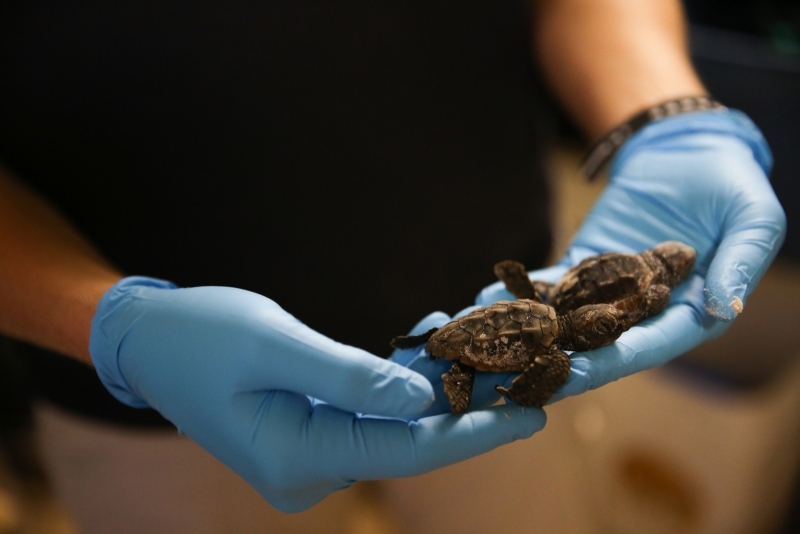
Hazardous waste is commonly released into marine environments through industrial processes. Those contaminants can linger in sediments and water for a very long time, and can accumulate in the tissues of biota such as fish. In turn, wildlife can be impacted by preying on contaminated fish. The same is true for people who consume fish from contaminated waters.
A ship grounding is when a ship runs into something it shouldn’t, like a coral reef. Ship groundings can also cause oil spills, like the Exxon Valdez disaster.
Dealing with marine pollution means that Response and Restoration need to work closely together.
Take an oil spill for example. When NOAA is informed if an oil spill Response kicks into gear. She gets to work tracking the oil and predicting how it will move, identifying natural resources that could be impacted, and providing scientific support to efforts to stop, contain, and clean up the oil. An effective Response accelerates recovery of the impacted resources and allows for a more effective Restoration.
As Response is proceeding or winding down, Restoration comes in to help. During and after the spill NOAA has been there to assess exactly how much damage was done to the environment. Then we work to design and implement projects that will restore the environment to the state it was before the oil spill.
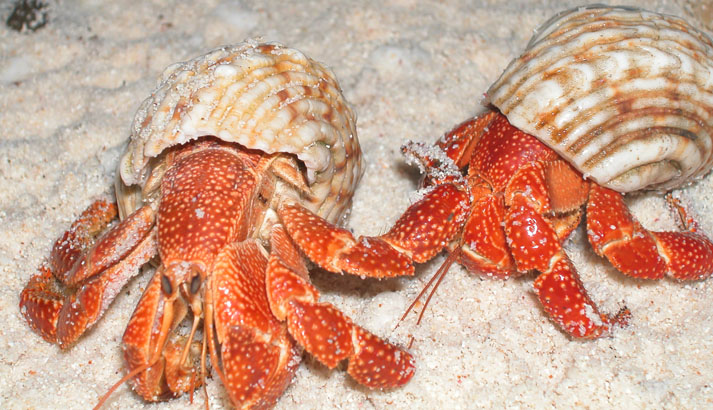
For a hazardous waste site Response may dredge contaminants from sediment, while Restoration designs wetlands to provide habitat for spawning fish. During a ship grounding Response may remove coral rubble to prevent it from damaging live corals, while Restoration stabilizes the reef and replants corals. These siblings really do work hand in hand.
Like any family, OR&R is made up of more than just these two sisters. Within the office are the Emergency Response Division, Assessment and Restoration Division, Disaster Preparedness Program, and the Marine Debris Program. During a marine pollution event our experts are there on the ground, in the air, on the water, and even looking down from space to provide the very best scientific support.
Each member of this family unit specializes in different aspects of marine pollution. By working together to protect and restore the marine environment we represent the interests of the American public. This coordination maximizes the recovery of the ecosystem, economies, and people who depend on clean and robust blue economies.
Take some time today to thank your siblings, and the rest of your family, for always being there. Here at NOAA we are certainly grateful for ours.
